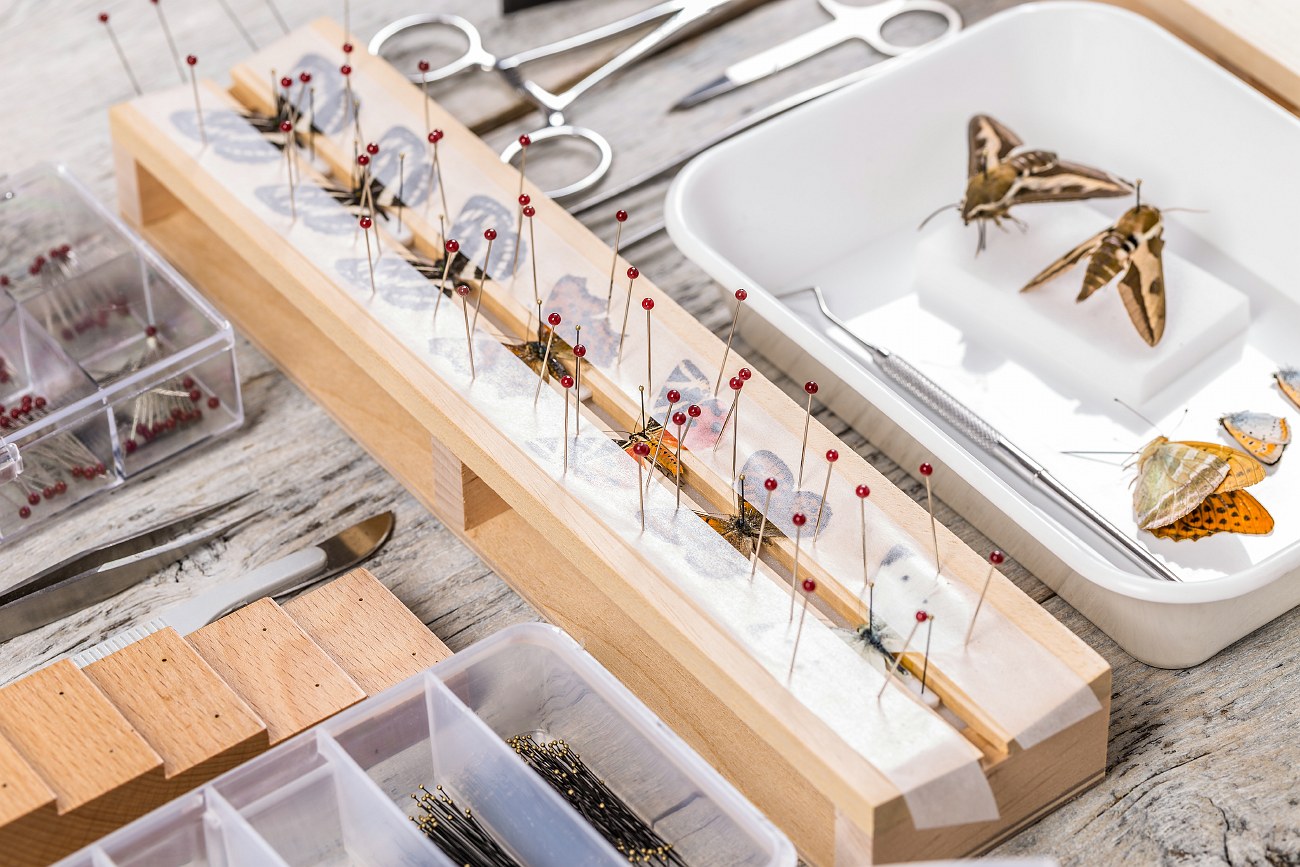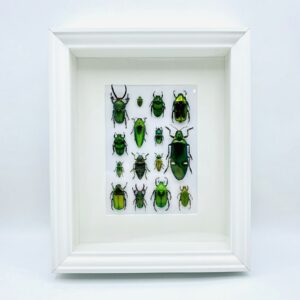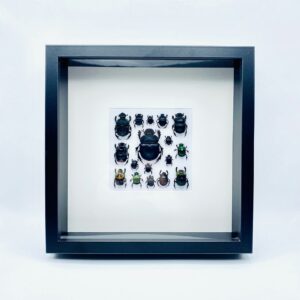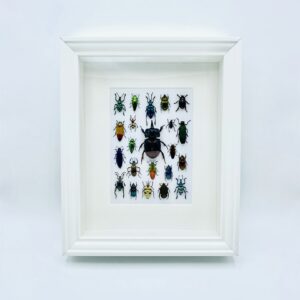Gather the necessary materials: You will need the insect specimen, a pinning board, entomological pins, forceps, and a pair of sharp scissors. You may also want to use a magnifying glass to help you see the details of the specimen.
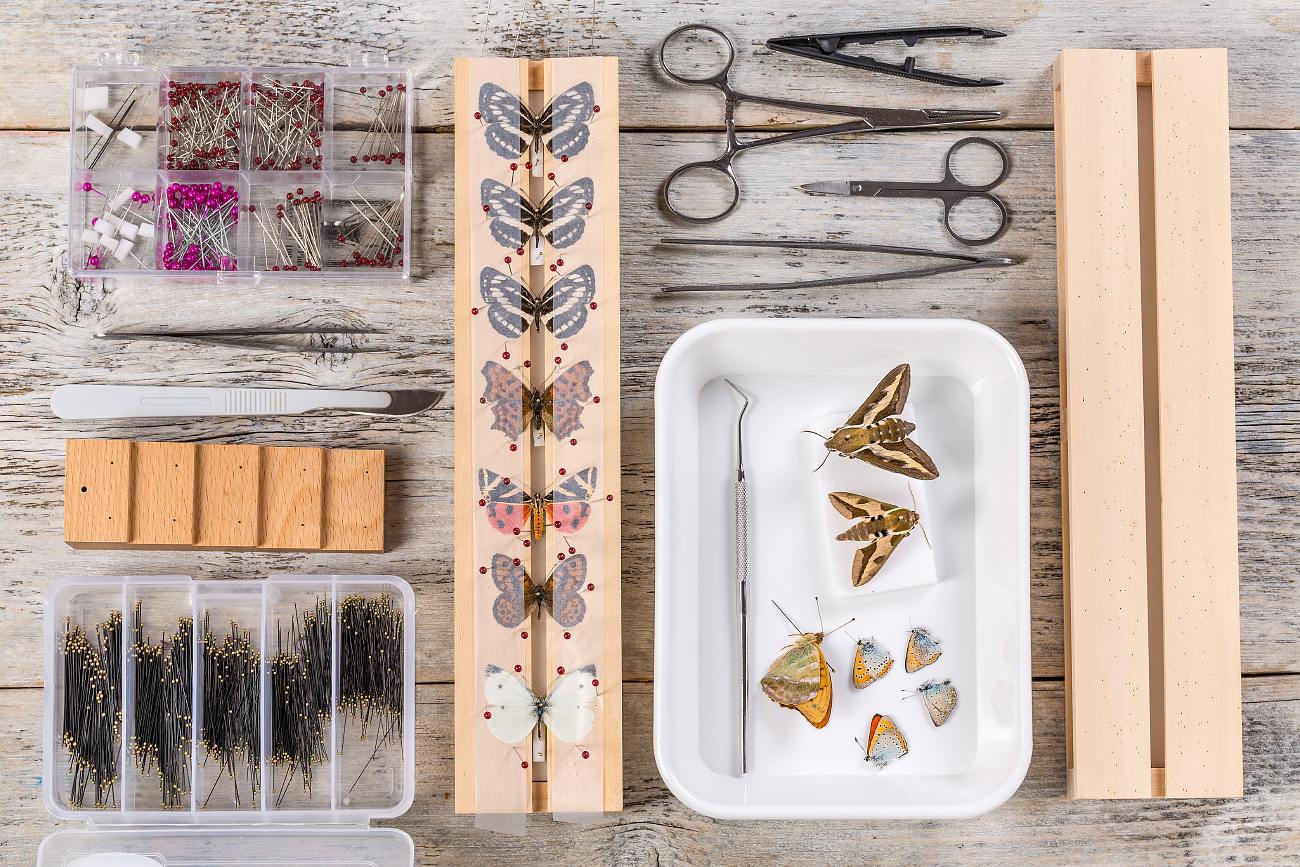
Prepare the specimen: Carefully remove any debris or dirt from the specimen using a small brush. You may also want to place the specimen in a container of alcohol to kill any bacteria or parasites that may be present. This is called relaxing and therefore you should fill a container with toilet paper, moisten that paper and add some pure alcohol in there as well. Add a separator (like an inox net) and put the insect on top of that. Tightly seal the container and let the insect in there for 2-5 days.
Position the specimen: After opening the container, feel if the legs of the insect are soft already and you can put them in position. If not, put the insect back for another day or 2 and check again. If the insect is ready, make sure to clean it with some tissues so all liquids are gone. Then carefully position the specimen on the pinning board using the forceps. Make sure that the specimen is in the desired position, as this will be the position that it will be mounted in.
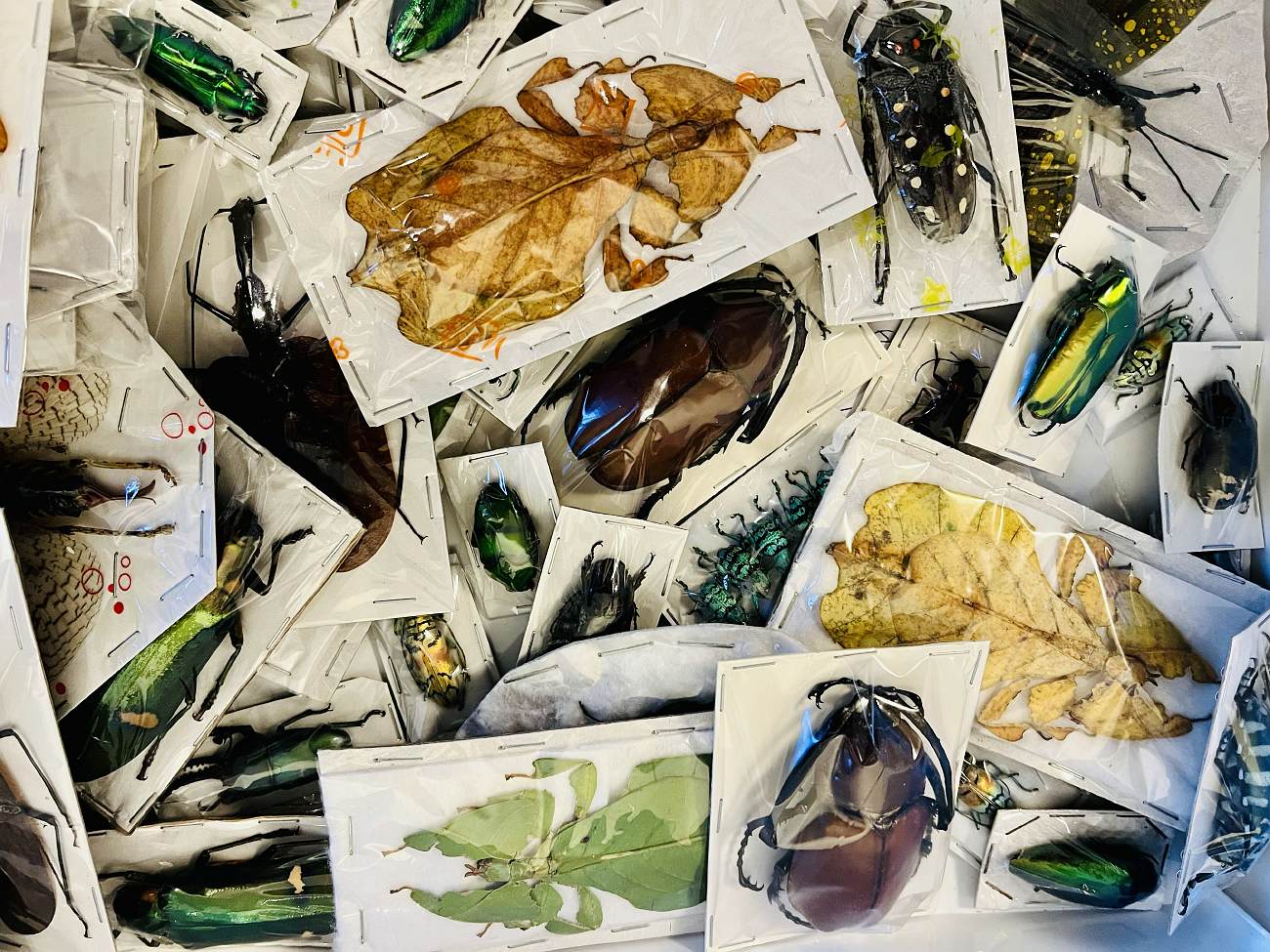 Insects most of the time will come in as above image
Insects most of the time will come in as above image
Pin the specimen: Use the entomological pins to pin the specimen in place. Be sure to pin through the specimen’s thorax, as this is the strongest part of the body. You can use the magnifying glass to help you see where to place the pins.
Dry the specimen: Allow the specimen to dry completely, which can take several days to a week. You can place the specimen in a dry and well-ventilated area to speed up the drying process.
Mount the specimen: Once the specimen is dry, you can mount it in a display case or on a piece of cardboard. Be sure to use a mounting medium, such as a clear acrylic or a glue, to hold the specimen in place.
Frequently Asked Questions:
Q: How long does it take to taxidermy an insect?
A: The process of taxidermy an insect can take several days to a week, depending on the size of the specimen and the drying time.
Q: What types of insects can be taxidermied?
A: Most types of insects can be taxidermied, but some species may be more delicate or harder to work with than others. Commonly taxidermied insects include butterflies, beetles, and moths.
Q: Can I use any type of glue or mounting medium?
A: Not all types of glue or mounting mediums are suitable for taxidermy. It is best to use a clear acrylic or a glue specifically designed for taxidermy.

